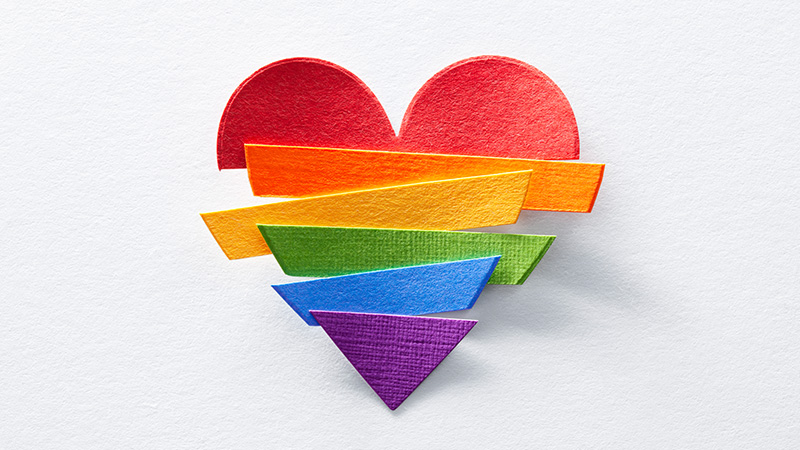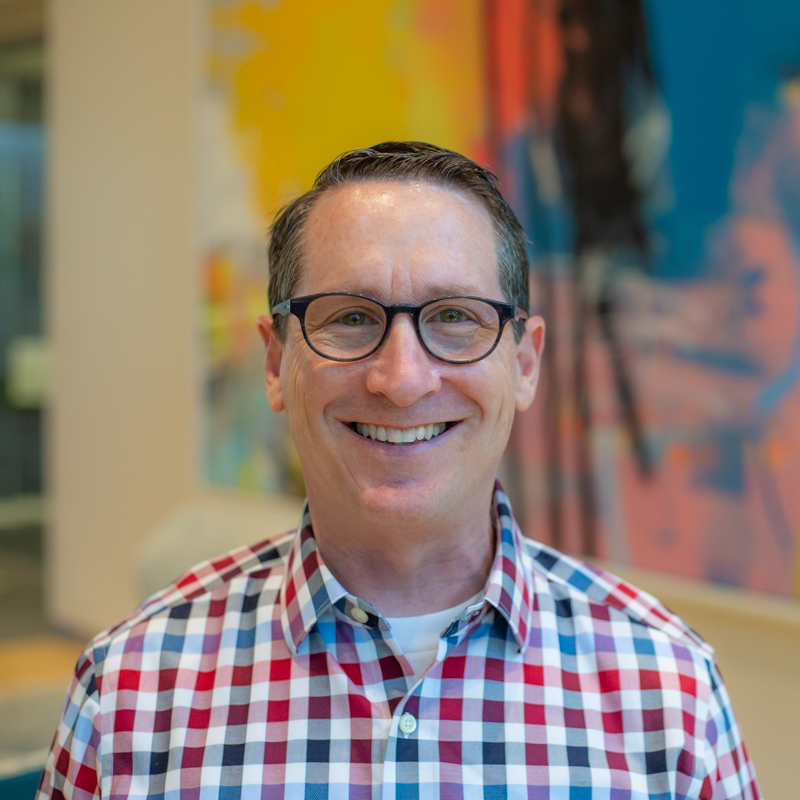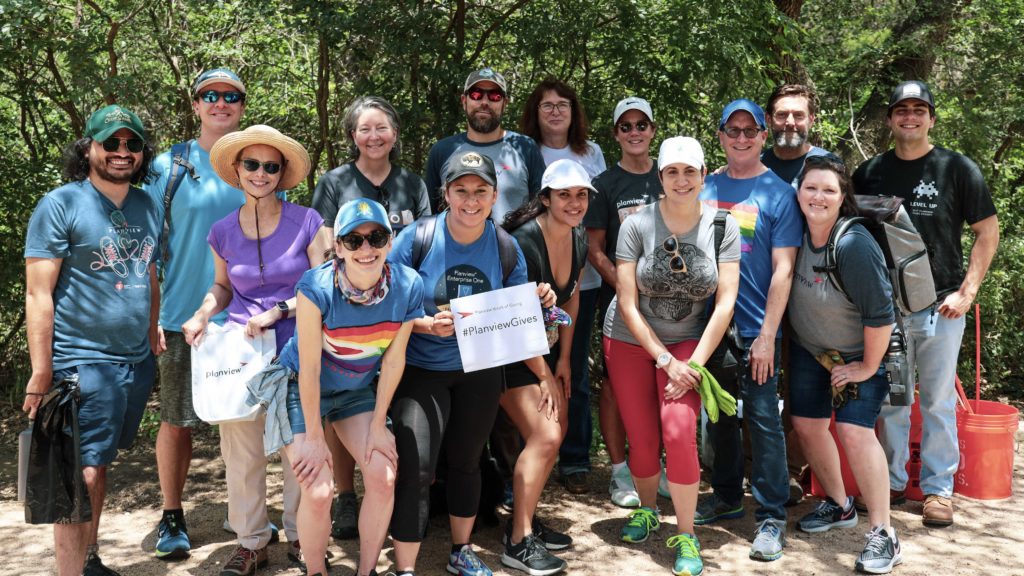
In recent years, allyship for those that identify as LGBTQ+ in the workplace has been a hot subject, but cultural progress is much more than a trending topic – it’s a growing movement. Allyship can help build other communities up, which helps advance equality for all. As Frances Wright, a historic social reformer, wisely said, “Equality is the soul of liberty; there is, in fact, no liberty without it.”
In celebration of PRIDE month (June), the Planview PRIDE ERG (Employee Resource Group) organized a roundtable discussion on Allyship and what it takes to become a good ally. The discussion started with three questions:
- What makes a good Ally?
- How can Allies best support their chosen community?
- How can LGBTQ+ folks create an environment that helps their Allies?
As a group, with about 300 attendees, these questions were addressed and thoughtfully discussed. It was amazing to see how many Planview employees wanted to learn and grow and find new ways to better understand and support their colleagues across the business.
On a personal level
After the roundtable kick-off and group discussion, we had a choice to jump into one of four breakout rooms to take a closer look into a variety of perspectives when it comes to allyship, and the impact allies make. The breakout room topics were:
- LGBTQ+ 101: A deep dive into the basics of the LGBTQ+ community
- How to be an ally for people coming out later in life
- How to be an ally to your children or other people’s children
- How to be an ally when someone you care about comes out
I personally jumped into the group “How to be an ally for people coming out later in life.” This group was small, with five members who were able to speak up, share, and ask personal questions. Planview’s Steve Maisel, the facilitator of our group, was an open book who shared his story and what It was like coming out in his 30s rather than as an adolescent.

To be frank, I chose this group for a reason. I have had a couple of friends who came out to me in their mid-twenties, and I sometimes wonder if I was able to comfort them during a time when they were being so vulnerable with me. We are still friends to this day, but if this were to happen again, which is not out of the question, I want to be fully prepared to be there for someone coming out late in life.
What I learned was so simple and selfishly set my conscious at ease. The best way you can be an ally for a person coming out later in life is to listen and let them know you care about or love them. Steve emphasized how much this helped him coming out to his family and friends and it showed who his loyal friends were. Moral of the story, feeling heard and loved can make all the difference at a very crucial time. Even better, I learned that I can be an ally and make the same impact for people I may not know very well. Everyone wants to be acknowledged, understood, and validated.
5 ways I learned to be an Ally
To discuss how to be an ally, let us first touch on what an ally is. Being an ally simply means respecting, listening to, and advocating for equality for any marginalized group. Whether you are marching on the streets, or simply listening as a family member, coworker, or friend comes out to you, you are actively being an ally. An ally is also bridging the gap and coming to a person’s defense when they need it.
Now that you understand what an ally is and the importance of allyship, let’s go over some ideas about how you can become an active ally:
- Being an ally is not a badge or award you can give yourself. For example, have you ever heard someone brag about being humble? This statement immediately cancels the sentiment. Try to remember that being an ally is an action, rather than title to give yourself.
- Help others by using the correct pronouns once you learn them. If you know someone personally who identifies as gender fluid or as a trans person and is transitioning (from one gender to another, for example) you can introduce them when speaking to a waiter, a new colleague, or salesclerk, who will not know your friend is transitioning, and let them know their pronouns when making the introduction. This eliminates any potential confusion or embarrassment to all involved parties.
- Do not assume anything about anyone. If you are unsure whether someone is transitioning or are not sure how someone may identify, be respectful and rather than asking informal questions, wait until they feel comfortable to reveal that information to you. Understand that a reveal may never happen though. You may believe you know how someone identifies, but unless that identification has been acknowledged firsthand, your assumption may not be correct, leading to an awkward or embarrassing situation. Some use typical stereotypes to label a person’s identity. Be careful! The person you are labeling may not identify in the way you perceive. In the case of one of our ERG leaders, since he wasn’t ready to come out until later in life, he was asked on several occasions if he was gay or if he had a boyfriend before admitting to anyone that he was gay. This was very traumatic. Therefore, let each person go through their own journey on their own timeline.
- If an LGBTQ+ member is confiding in you, be considerate and listen. We all have unique backgrounds and stories. When you cannot sympathize, you can always try to empathize and make sure a person’s voice is being heard.
- Give yourself grace if you make a mistake. Mistakes happen, and the best thing to do is learn and grow from them. Being an ally is an ongoing process, and the work never ends! If you make an error, acknowledge it, own it, and work towards not making the same blunder again.
In summary, the best way to be an ally is to treat everyone the way you would want to be treated. Once we love and support each other no matter what their story is or how each of us identifies, then true change happens.
| L | Lesbian |
| G | Gay |
| B | Bi-sexual |
| T | Transgender |
| Q | Queer and can also mean “Questioning” |
| + | Others that don’t fall into a previously mentioned category, such as sexual identities including pansexual or two-spirit |




